From photographs to oral history recordings to advertising, the Library’s collection is full of material that can show you the evolution of Australian fashion over time, and provide personal insights from noteworthy figures.
Strike a pose
Let’s start with the work of an Australian fashion photography pioneer: Athol Shmith (1914–1990). Though he was also well known for his work in theatre, portrait and wedding photography, it was his fashion photography that had the greatest impact and acclaim. Having personally donated hundreds of his prints and negatives to the Library in 1979, the Athol Shmith collection of fashion photographs captures the changing styles of both fashion and photography from the late 1940s to the 1970s.
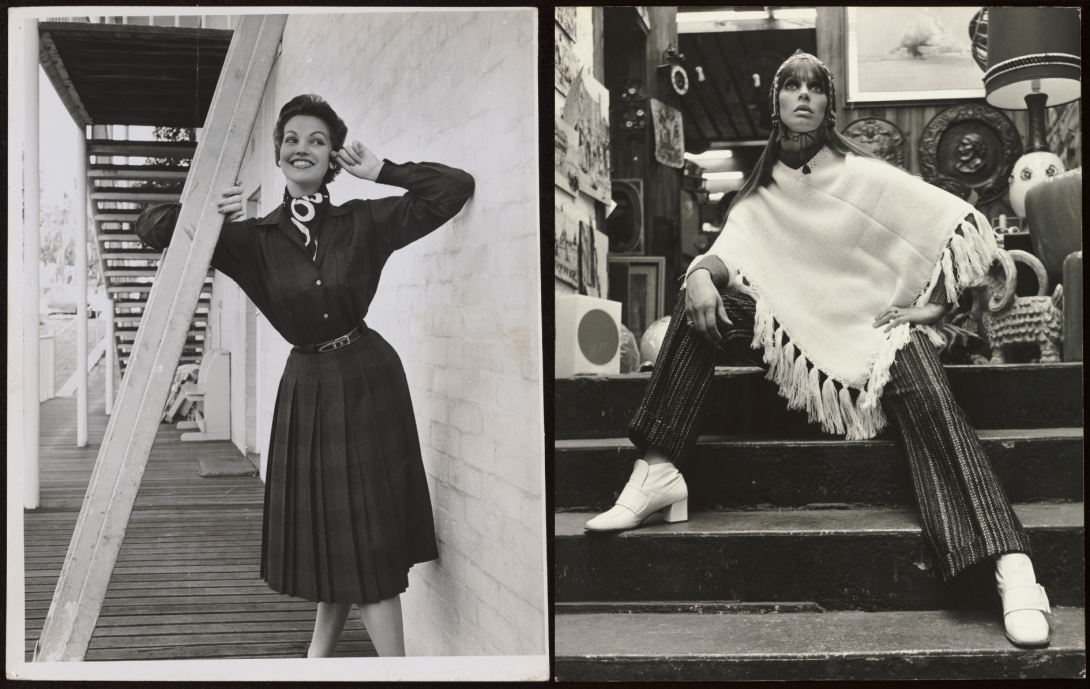
Much of this collection, along with Ellis Rowan’s personal letters and journal, was recently digitised and made available to view online thanks to a generous donation by contemporary fashion designer Nikki Zimmermann following her use of Rowan’s botanical art in the Zimmermann 2021 Spring Collection.
Hot off the press
Many of Shmith’s photographs appeared in traditional media such as newspapers and magazines, and that’s exactly where we’re going to look next. First published as a stand-alone edition in 1959, Vogue Australia has been a staple in the Australian fashion industry for over half a century. With hundreds of editions and dozens of supplement issues available to be viewed at the Library, they can be used to explore trends, influential figures and the culture of fashion in Australia.
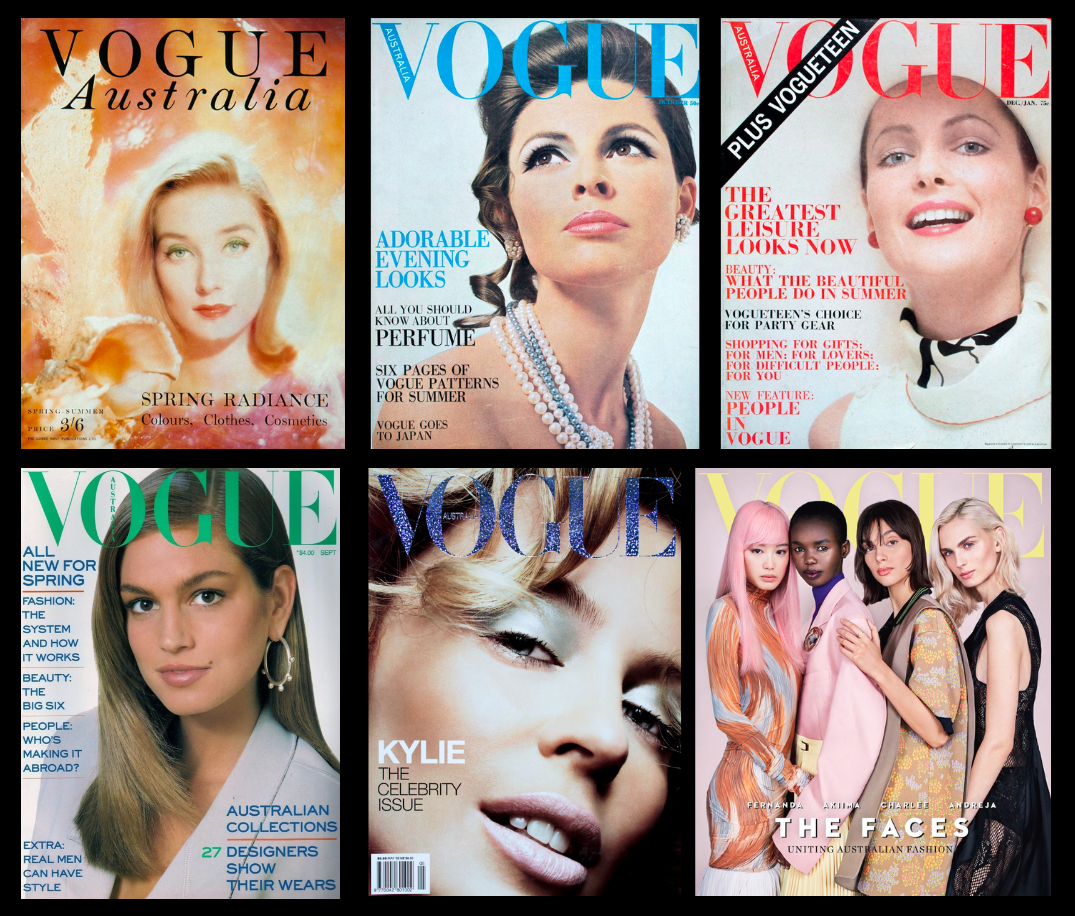
More Australian fashion magazines and periodicals can be found here in the catalogue.
In the words of a designer
For a more personal insight into the history of Australian fashion, oral histories are a fantastic resource. Two particularly interesting and informative examples that are available online feature iconic designer Carla Zampatti (1942-2021). The first comes from 25 February 1981, and is a recording of Zampatti addressing the National Press Club and answering their questions after she won the inaugural Australian Business Woman of the Year award in 1980. In her speech, she discusses her journey as both a fashion designer and business owner and how she adapted to changes in the industry and society at large. Early in her address, on the ‘mystique’ that she believes surrounds fashion design, she said:
Fashion designers are catering to people’s fantasies. We all have an image, like Walter Mitty, of different personalities. We’re not always what people see us to be. It’s the fashion designer’s task to cater for both the real persona and our dream of what we would like to be and achieve a harmonious blend between myth and reality... Fashion has a responsibility to take people out of the ordinary, and perhaps therein lies some of its mystery.
The second oral history featuring Zampatti is her interview with Caroline Baum recorded for the Library’s oral history and folklore collection on 25 January 2018. At almost three hours long, this interview provides a very detailed history of Zampatti’s childhood, career and experiences in the industry.
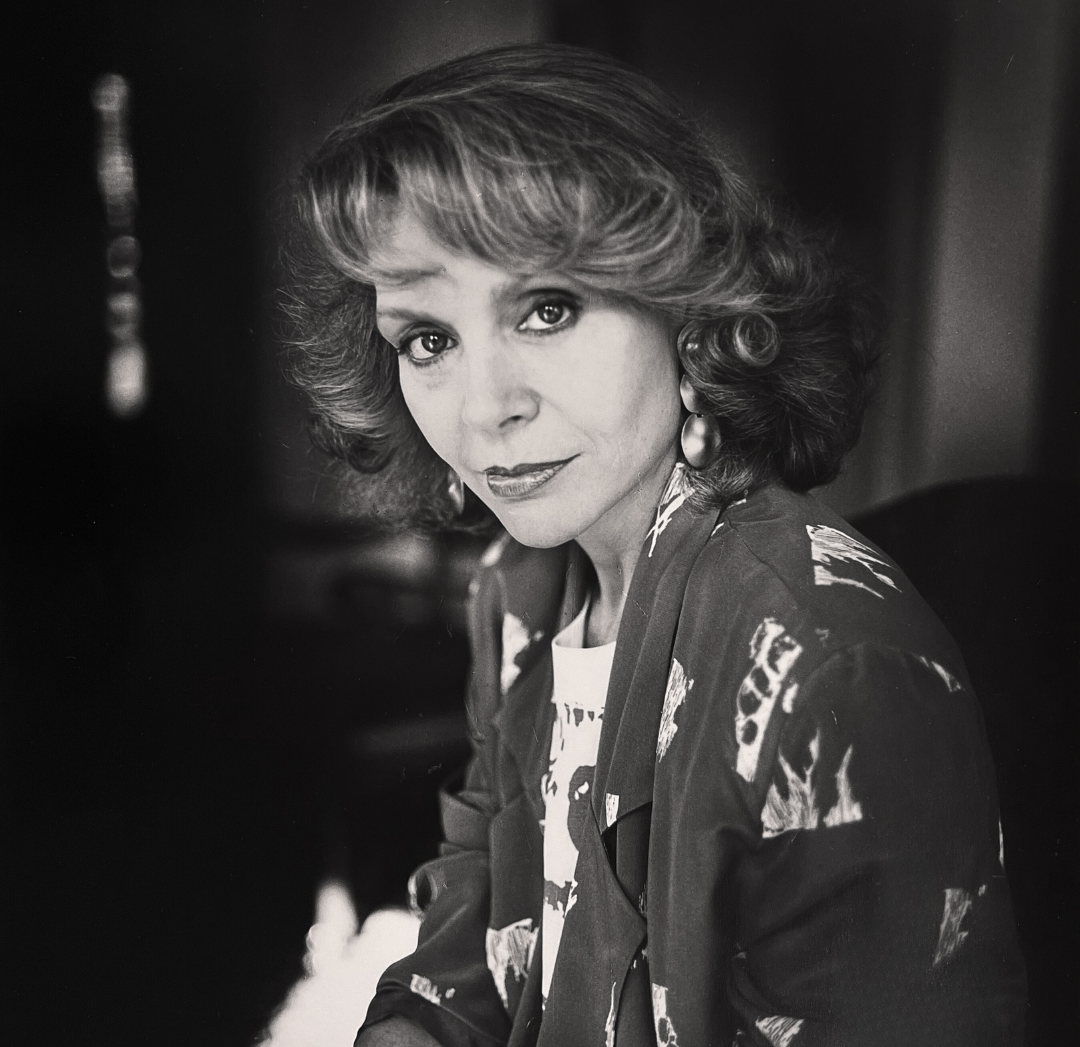
If you’re interested in hearing from a contemporary fashion designer, listen to Fijian fashion designer Bayvick Lawrance interviewed by Thelma Thomas (MC Trey) for the Pasifika Creatives and Game-Changers oral history project. Key topics of discussion in this interview include how Lawrence first became interested in design, how the COVID-19 pandemic impacted his work, and how his heritage has influenced his designs.
Papers of a model
From her teenage years in the late 1940s, Patricia ‘Patti’ Morgan Chamoun was a common face in newspapers and magazines for her work as a model, actress, television host and fashion correspondent. Today, clippings of hundreds of these appearances can be explored in six large cuttings albums in the Library’s collection. Organised by date, these albums follow her entire career, from her beginnings in Australia to later in London and Lebanon, as well as much of her personal life. Ultimately, these albums give not only great insight into Patti, but also the fashion of the time and life in the limelight.
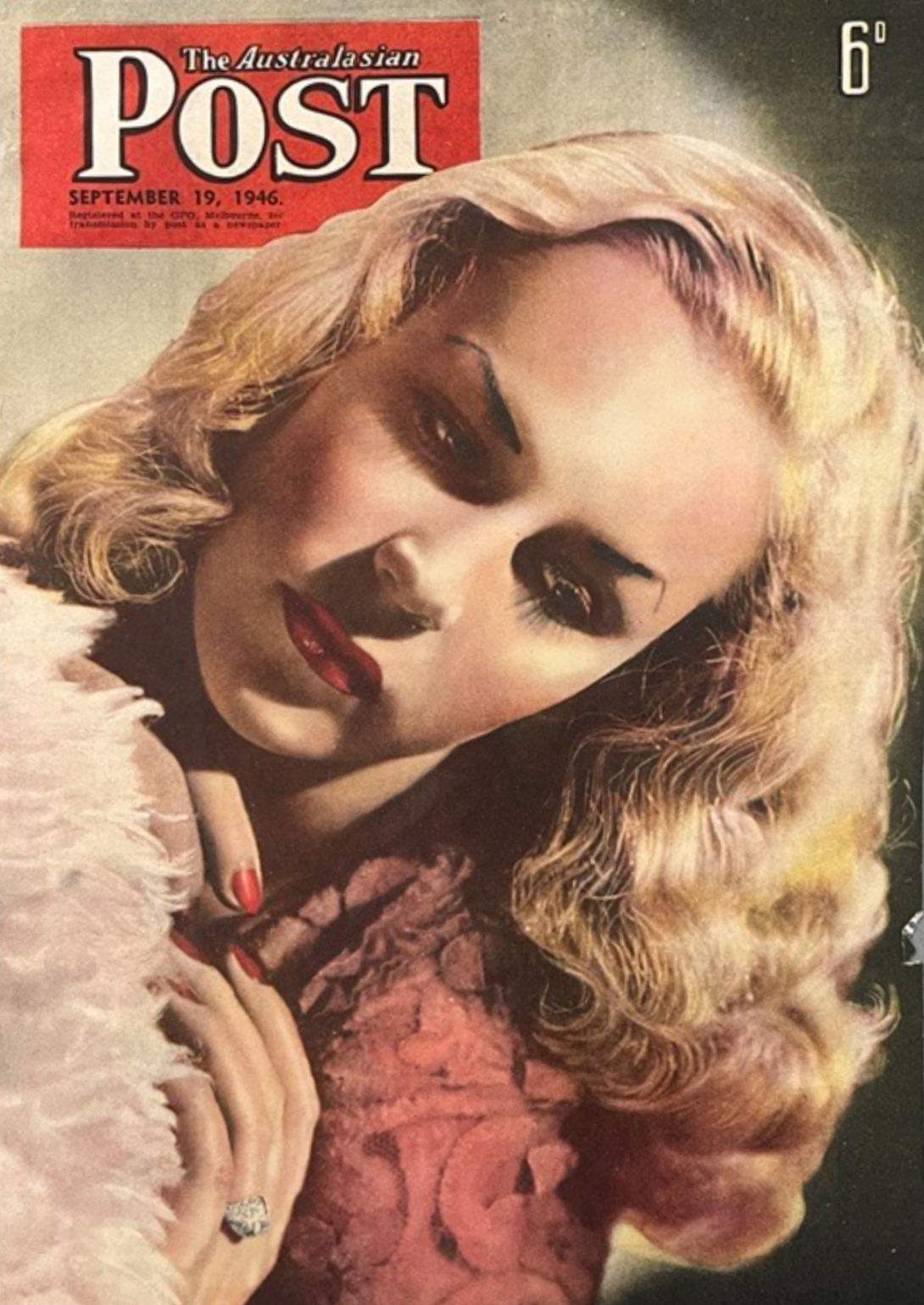
Into the world of advertising
Many of the clippings in these albums are advertisements that Patti modelled in, which takes us to the final medium we'll be looking at: print advertising. Available to be explored in newspapers and magazines, advertising shows both the popular and new styles, and how they were being marketed to consumers. What features or benefits were being promoted? What was the tone or style of the ad? How much did the items cost? How did these things change over time?
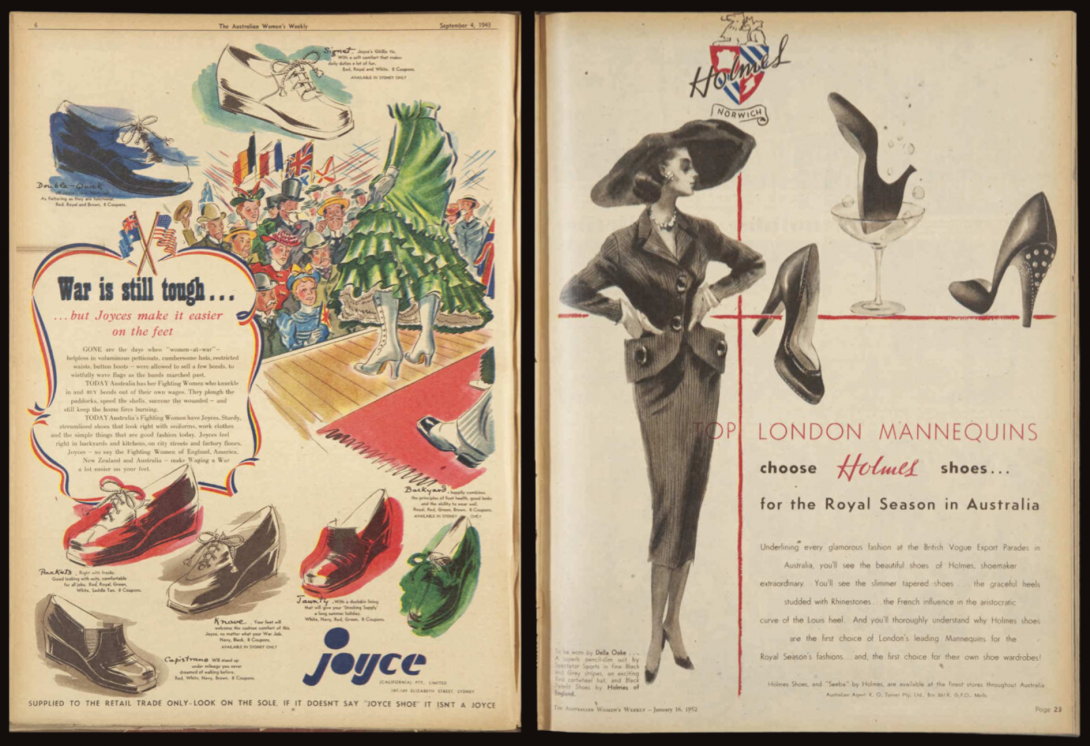
Time to strut your stuff
Now that we’ve had a taste of the different mediums and perspectives that can be used to explore the history of Australian fashion, see what else you can find in the catalogue.
If this blog piqued your interest about the world of fashion design, learn more the history of great Australian design.